A Note-
For two weeks I have been working on this entry on the science behind why the “I did it” lists make me joyfully productive. I have attempted multiple iterations but each read more like a chapter in a text book than the conversational style I wanted. A few nights ago, I was reading Beyond Freedom and Dignity by B.F. Skinner and came across two things he wrote that immediately helped me clarify how I wanted to write this entry.
In what follows, these issues are discussed from a “scientific point of view” but that does not mean that the reader will need to know the details of a scientific analysis of behavior (pp. 22)
The instances of behavior cited in what follows are not offered as “proof” of the interpretation. The proof is to be found in the basic analysis. The principles used in interpreting the instances have a plausibility which would be lacking in principles drawn entirely from casual observation (pp. 23)
While I could write a thesis with many citations on the science behind my interpretation, I think it is best that I lay this entry out in a way that is accessible to individuals who are not interested in a technical discussion on why the “I did it” list helps me be joyfully productive. I will not say that my way is the best way or that there are no other interpretations. There are. I hope this entry sparks discussions between colleagues, friends, supervisors and their supervisees, and people just trying to be joyfully productive. This is a long post (it was much longer!), but I hope you like it. I look forward to your comments. -Adrienne 4/14/2021
Last week, in the most recent post titled To-Do List: Trash it and Try the “I Did It” List Dr. Fitzer shared her “to-do lists are bad for me” revelation and shared that using“I did it lists” has made her joyfully productive. “Fitzer talks to Fitzer” returns this week to continue the conversation.
—–
Welcome back everyone! Dr. Fitzer- In our pre-interview, you told me you wanted to jump right in- Please- begin.
Thank you Adrienne! I appreciate you letting me come back to talk about this.
Have you ever heard of the term reinforcement? Simply, it is the effect of behaving in a certain way that makes it more likely for you to respond in that way again in similar situations in the future. Before we get to “to-do” vs “I did it” lists I am going to make sure that I take time to elaborate on how reinforcement plays a role in our everyday normal (or new normal) lives.
Wait wait…Isn’t reinforcement that stuff used in animal training and in classrooms?
Lots of people think of reinforcement in a way that it has been popularized in dog or animal training videos (treat!) or in classrooms (gold star!) or in parenting scenarios (money for good grades!). In the case that the treat or gold star or money actually makes it more likely that your pup or student or kid’s behavior becomes more likely in the future, we would say that there was a strengthening, or increase, in their behavior due to the behavior resulting in access to something appetitive, or preferred, or desired.
Behavior science’s term for that is positive reinforcement, but positive reinforcement doesn’t only look like these examples. There are TONS of ways positive reinforcement plays a part in our day-to-day lives that have nothing to do with gold stars. Here are a few examples.
When people “liked” a post that celebrated a milestone in my dissertation process, I started posting more about what was going on during the last months of graduate school. Posting about these milestones was positively reinforced by “likes” and encouraging comments from the community of people who view my posts.
Watching the episode of the popular series everyone talks about when it airs allows you to talk with your friends about it right after. Watching the show on time is positively reinforced by the opportunity to share theories or dissect the plot almost immediately with your friends!
Behavior science has a special term for the strengthening of behavior due to the removal or avoidance of aversives. It is called negative reinforcement.
If you watch on time because you want to avoid seeing spoilers on Facebook then watching on time is negatively reinforced by the removal of the threat of seeing spoilers before you have the chance to watch. !)
Okay. I think I get it but can you provide another example?
Sure!
One day during a 20 minute creative writing activity a student who has difficulty writing letters raises their hand and says,
“I am done.”
The teacher approaches, looks at the student’s paper and says,
“No you are not. If you don’t finish writing at least one sentence, you will have to stay in for recess”.
Not only is the activity hard (it is tough to write a story when you have trouble writing letters) there is a looming threat of not having time to play outside. The child sits and puts their head in their hands and looks at the clock. There is 10 more minutes to writing time. At minute 8 she writes two more words and adds a period (the sentence is finished!). She is able to go to recess.
The next day during writing time, the student writes one sentence by the end of writing time, and once again, avoids losing recess. In fact, every day, our little learner sits for 20 minutes, docile, miserable, struggling to write one sentence, and every day she goes to recess. That is an example of negative reinforcement. Writing one sentence, and only one sentence is negatively reinforced by removal of the threat of losing recess. While there is no expansion beyond the one sentence, the behavior is maintained.
So negative reinforcement can be problematic?
Well it depends. For years people have written about the narrowing of behavior that occurs when negative reinforcement maintains behavior. Accounts of this can be traced back to as early as 1933 where Gengerelli (as reported in my favorite book Keller and Schoenfeld’s Principles of Psychology) observed that over time ring-tail monkeys became highly specific in the behavior that they used to escape a box for food, going from climbing on the levers to open the chamber, to using a downward slap on the lever to open the chamber. You could say that negative reinforcement procedures narrow down responses until you get to one that requires the least effort to escape or avoid discomfort. We would consider that efficient, which is a good thing in some cases, but in other cases, it wouldn’t be- as in the case of our learner who wrote one sentence in 20 minutes, no more. They engaged in the minimum amount necessary to avoid missing out on recess.
What does this have to do with “to-do lists” and “I did it” lists?
Below, I included the costs and benefits of using the “to-do” list, the “I did-it” list and as a bonus- the costs and benefits of ending the day with the “to-do” list unfinished. The first two rows are a raw look at my reality during the period of Oct 2020- Mid-Jan 2021. Using the lists below, can you identify how narrow my daily routine became using a to-do list? Based on what I wrote below, what would happen if I didn’t finish the to-do list?
Choice 1- Complete to-do list each day
Benefits
Items on list are completed. | Avoid negative self-talk. | Avoid perceived threats to reputation of company, reputation of self-as professional, and of failing others. | Praise from customers (or other) for being responsive, helpful, etc. | Business continues to run well. | Continues to make progress on dissertation manuscript | Meeting deadlines to stay on track for February graduation. | Can enjoy a nap and spending time with family on weekend.
Costs
Does not take the time to prepare healthful meals or eat slowly. | Stomach hurts daily. | Higher coffee consumption due to lack of sleep. | Misses out on leisure activities with family and friends during the week. | More work for spouse who also has a full-time job. | Increased spending on take out. Wasted money on foods that go bad in fridge because, not cooked. | Personal health/household suffers.
Choice 2- Complete only some items on to-do list each day
Benefits
Physically present with family.
Costs
Negative self-talk at the end of the day (and perhaps throughout the day). | Increased concern that I will fail others, that the reputation of the company or my reputation as a professional will be impacted and that incomplete items will result in loss of customers, loss of guest speakers, employee faith in company. | Cooking meals that get burned results in a bad meal, children complaining. | Kids and spouse point out that even though I am there I am distracted and having trouble listening to them. | Staying up at night worrying about unfinished items. Sleep deprived the next day. | Talk to spouse about feeling like a failure more often, talking about other things less often. | Have to respond to follow up emails and generate excuses for why I did not respond sooner. | Have to ask for help from team. | Increased concern team members are unhappy or risking that a team member might leave. | Concern that I am disappointing my spouse and not setting a good example for my children. | and more….
Flip the script!- Add “I did its” to the daily planner and keep a short “must do” sheet.
Benefits
Completes priority must dos. | I did it list growing throughout day a reminder of how productive I am and looking at it makes me smile. | Avoid negative self-talk. | Time to eat and take breaks. | Talk to spouse about how much accomplished and interests shared. More time to listen to spouse talk about work. | Sleeping at night. | Consuming less coffee. | Praise from customers (or other) for being responsive, helpful, etc. | Business continues to run well. | Spends time with family during week. | Cooking healthy and delicious dinners and using food in fridge saves money and results in positive statements from family. | Family comments about how much more fun mom is lately, how relaxed she is. | Can enjoy a nap and spending time with family on weekend. | Procrastinating decreased due to having no place to put reminder to-do items so doing them right away. | Continues to make progress on manuscript for publication | Continues to make significant progress on major projects in plan for ABAC.* | and More!
Costs
Keep planner nearby to log all accomplishments. | Have to prioritize three things for the day. | No place to put “reminder to-do” so have to do things right away which is sometimes annoying.
***
If you look carefully at those lists you will see that being productive wasn’t the issue with the to-do list- it was the narrowing of my daily routine to the point that I did just enough each day. Enough to avoid or escape the negative self-talk and the removal of threats of losing clients or disappointing my employees or customers. Skipping breakfast and lunch, ordering in, eating dinner at my desk, staying up to work until 1:30 am, etc. was negatively reinforced by removal of things off the list. Yikes. This was a pretty vicious cycle. Nevertheless, it is clear that finishing the to-do list, while exhausting and limiting, had way more benefits and fewer costs than not finishing- It was the most efficient way at that point in my life to escape my harshest critic (me) and my biggest fears.
Luckily I had that “trash the to-do list” epiphany! Trashing the “to do list” meant I could trash the rigid requirement of having to cross everything off the list! Once I started listing my accomplishments (I did it!) and keeping a short must do reminder sheet, I was able to access the flood of positive reinforcement that was just waiting for me once I broadened my daily routine. I believe it is this that resulted in the transformation from miserably productive to joyfully productive.
Last week you talked about folks saying they were more productive with the “I did it” list but you didn’t quite go that far. Why?
The reason I didn’t commit to the assertion that I or anyone else is more productive using the “I did it” list is I just don’t know. Anecdotally, I am probably equally productive but my quality of life has improved considerably. As I said last week, this is an empirical question and not an easy one to set up experimentally. Ultimately, the question really is, am I less productive now? The answer is absolutely NO. Everything that needs to get done gets done. Everything I want to do, I do. The difference is I am not miserably productive anymore. I am joyfully productive.
Do you have alternative theories? Have you given the “I did it” list a try since learning about it?
You can comment below or If you don’t feel comfortable commenting publicly- as always you are free to email me at adrienne@abacnj.com.
Notes-
As always, any time I mention articles, books, or resources I link to free access copies when available! When they are not, I look for the lowest cost option that I can find and link to that.
**I started using “I did it” lists about 11 days after my dissertation defense, thus I did not include benefits of “I did it” list relating to dissertation. Nevertheless, there are other very high priority deadlines in place and additional responsibilities and projects that immediately replaced the dissertation and graduation as priority which are included.
If you are interested in the cost -benefit analysis I did above and why I included what would happen if I didn’t finish the lists in addition to what would happen when I did finish the to-do lists please read The search for an effective clinical behavior analysis: The nonlinear thinking of Israel Goldiamond (Layng, 2009)






I have gone from To Do to I Get To, but I like the I Did It idea as well.
Tell me more about your “I get to” list. I would love to hear how you implement it!
-Adrienne
It’s just my to do list but instead of having the dreaded I have to do this, I frame it as I get to do this. This is especially helpful for things like exercise and self-care, such as meditation, eating healthily, etc.